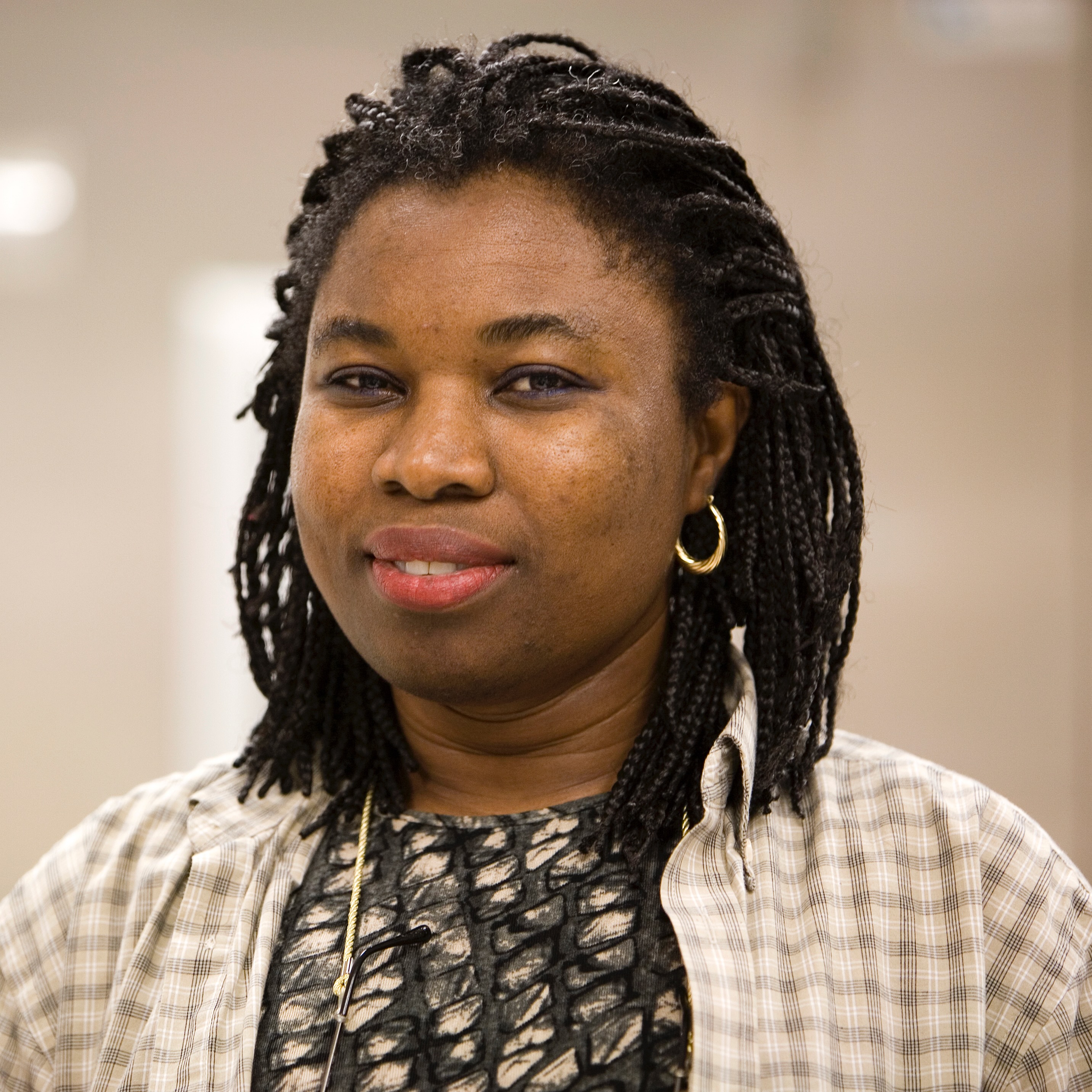Dr. Agbandje-McKenna works to characterize the life cycle of single-stranded DNA viruses and the viral proteins that make infection possible.

Mavis Agbandje-McKenna, Ph.D.
Associate Professor of Biochemistry and Molecular Biology (University of Florida)
Dr. Agbandje-McKenna earned her bachelor’s degree from the University of Hertfordshire and her Ph.D. from the University of London (both in the U.K.) She came to the U.S. in 1989 to pursue postdoctoral research at Purdue University, before returning to the U.K. to work at the University of Warwick. She has been on the faculty at the University of Florida since 1999.
Viruses are essentially bundles of nucleic acid (either DNA or RNA) and protein that are capable of infecting cells. Once inside a host cell, the virus uses the host’s DNA replication machinery to reproduce itself, and the host’s RNA transcription machinery to express its genes. Viruses can be roughly divided by their genetic content: some viruses use DNA to encode their genomes, while others use RNA — and either can be single-stranded or double-stranded. Viruses are packaged in a protein coat called the capsid, and some are further packaged in a lipid envelope.
In a recent paper, Dr. Agbandje-McKenna’s lab described atom-level models of a recently-discovered family of viruses, called bufaviruses (BuVs). Very little is known about BuVs, which were first discovered in 2012. Two of the three strains were discovered in Burkina Faso, while the third has now been reported in Bhutan, China, Finland, the Netherlands, Thailand, and Turkey. It is thought that BuVs cause diarrhea, although we really know very little about them so far.
The authors isolated the capsid protein VP2 from the BuV1, BuV2, and BuV3 strains and reconstructed their structures using cryogenic electron microscopy (cryo-EM), a technique for magnifying very small structures from very thin samples. The electron microscope directs a beam of electrons at the sample, which sits between the electron source and the detector. Thus, the electrons that hit the detector will be a subset of what is emitted from the source, based on the structure and orientation of the sample. (Think of it like you’re capturing the shadow of the sample on darkroom photo paper.) In cryo-EM, the samples are frozen first — which helps to keep them immobilized, allowing for a more accurate image.
The authors found that the BuV VP2 has a very similar overall structure to related viruses that infect dogs and pigs but not humans. Intriguingly, however, the BuV VP2 has a looping arm that doesn’t look like those related viruses. Instead, it was very similar to capsid proteins found in other (less closely related) viruses that do infect humans! It’s too soon to say for sure, but it seems like a good hypothesis that this looping structure is important for how BuVs are able to infect humans.